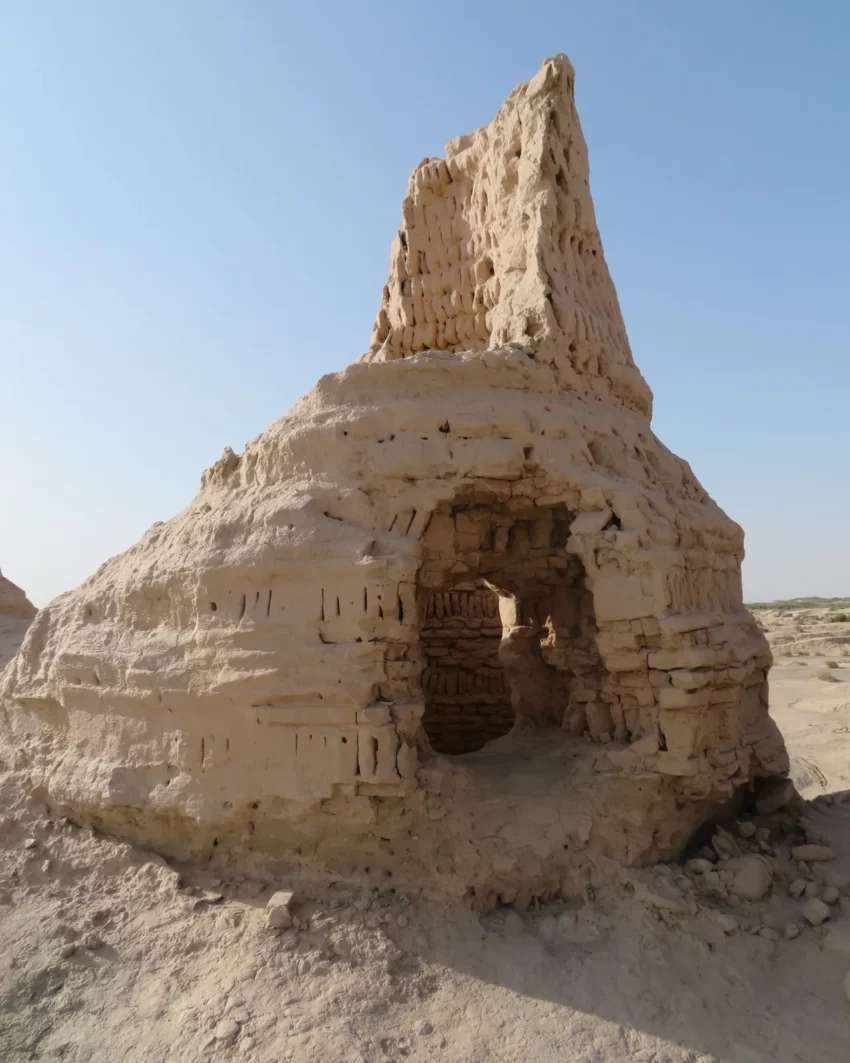Introduction to Suoyang City
The Tang dynasty (618-907 AD) in China heralded profound developments in state governance, military affairs, and architecture. Suoyang City, a historical site located in Gansu Province, stands as a testimony to the architectural and strategic ingenuity of the era. This fortified city served both as a military stronghold and as an important node for commercial activities along the Silk Road. The site encompasses a range of structural remains that offer insights into its multifaceted role during the Tang dynasty and subsequent periods.
Get your dose of History via Email
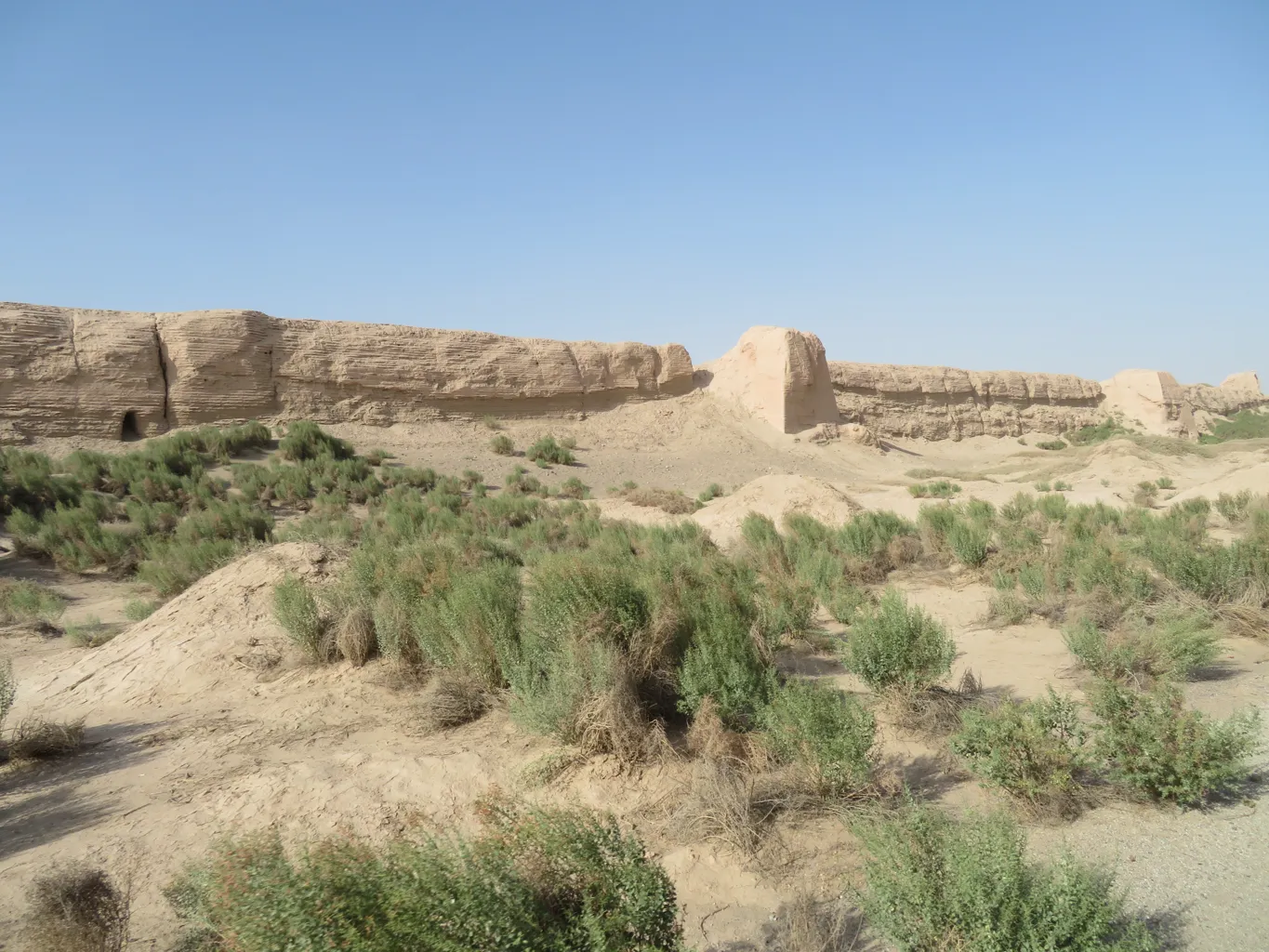
The Strategic Importance of Suoyang City
Suoyang City was strategically positioned to protect the Chinese empire’s western frontiers and to oversee the Silk Road’s desert crossing. It served as a critical juncture between different routes converging from central Asia and the Hexi Corridor. Suoyang City functioned not just as a defensive outpost against potential intruders, but also as a bustling trade center, where goods and ideas were exchanged between the East and West. This duality underscored its significance in the historical narrative of Eurasian interactions during the Tang dynasty and beyond.
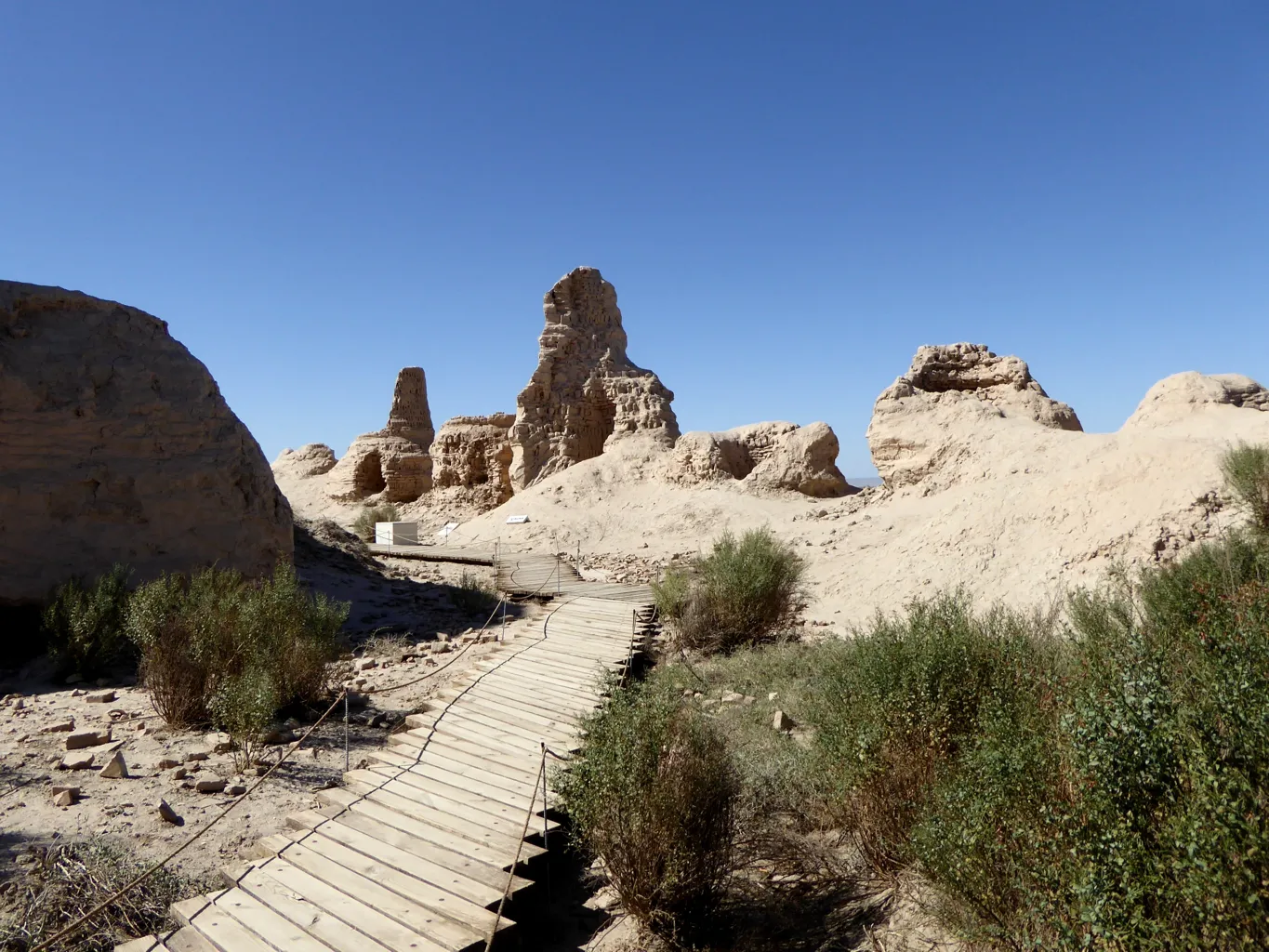
Architectural Features of Suoyang City
Suoyang City’s architectural remains are divided into two sections: the inner city and the outer city. The inner city was the core of governance and military control, featuring official buildings and military facilities. It was enclosed by a wall that was approximately 10 meters high. The outer city, on the other hand, was designed to accommodate the commercial activities and housed the transient populations engaging in trade. Archaeological evidence points to an intricate urban planning structure, which facilitated both administrative functions and mercantile operations.
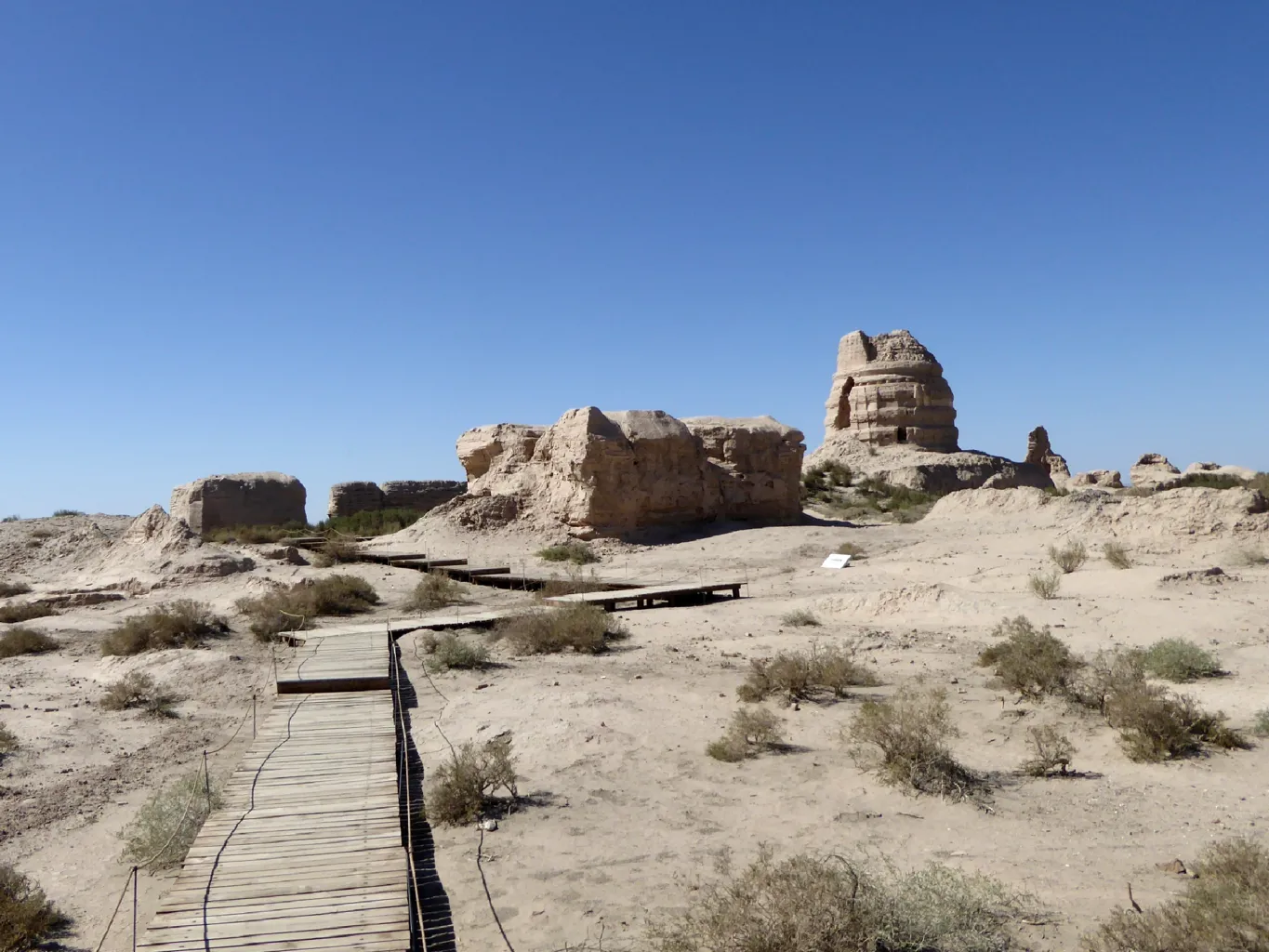
The Inner City
The inner city’s layout reveals sophisticated urban planning, with an orthogonal street grid that led to various functional quarters. Remnants of government buildings, Taoist and Buddhist temples, and other religious edifices illustrate the city’s spiritual diversity. These structures were built with rammed earth walls, a common architectural technique during the Tang dynasty that was renowned for its durability and efficiency.
The Outer City
The outer city’s structure, encompassing caravanserais and markets, caters to the needs of the traders who frequented the Silk Road. The existence of granaries and provisions storage further suggests preparations for long trade journeys or periods of siege during times of conflict. The prominent role of trade and commerce is evident from the remains of commodities storage areas, which ensured the security of goods in transit.
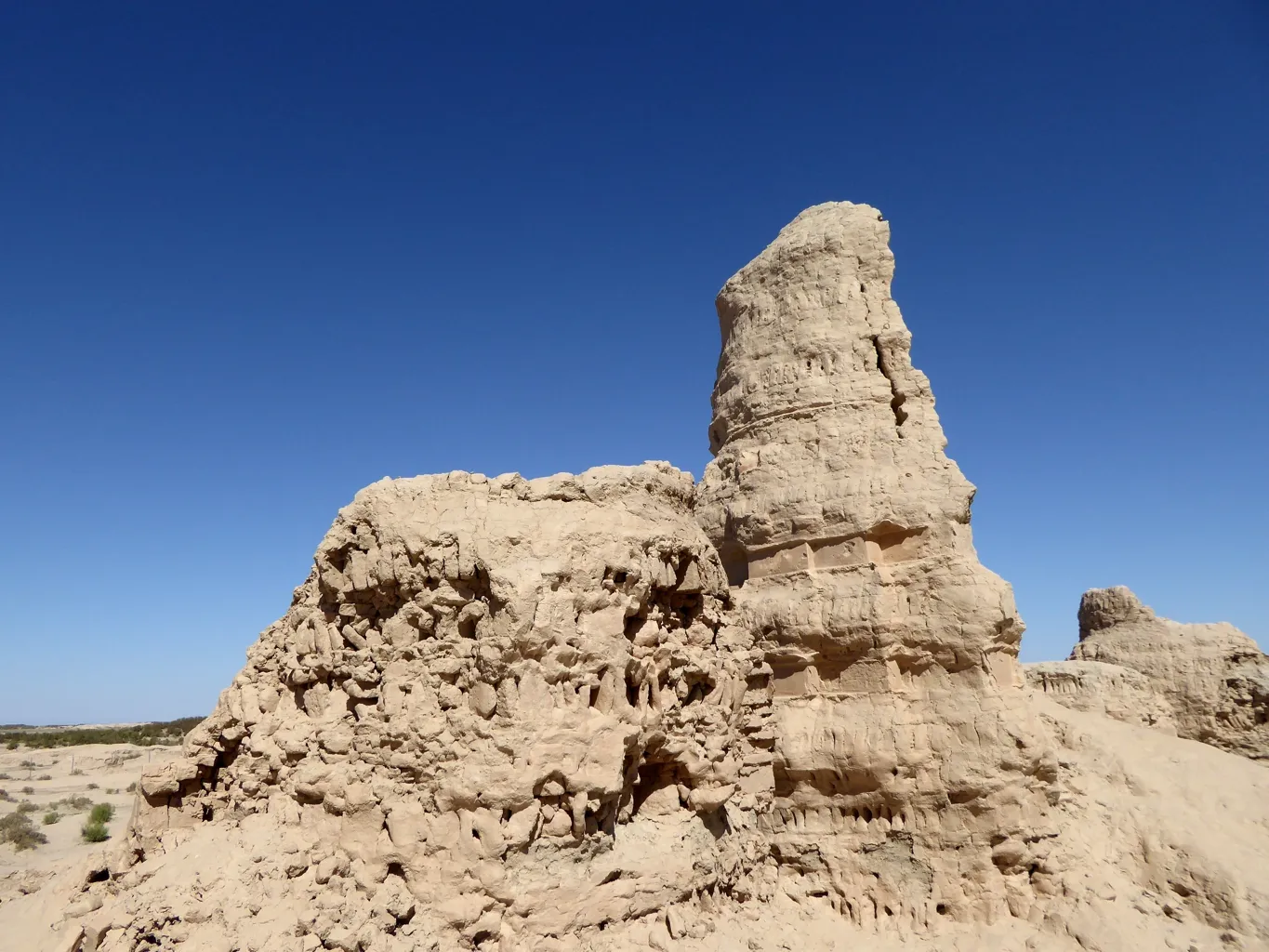
Historical Significance and Modern Recognition
Suoyang City’s historical importance is recognized by both Chinese and international entities. In 2014, the site was inscribed on the UNESCO World Heritage List as part of the Silk Roads: the Routes Network of Chang’an-Tianshan Corridor. This acknowledgement highlights the site’s global significance and its role in facilitating cultural and commercial exchanges across continents.
Conservation Efforts
Conservation efforts have been necessary to preserve Suoyang City’s remains, given the susceptibility of the rammed earth structures to erosion by wind and rain. Preservation measures are focused on mitigating the impact of natural forces and human activities, ensuring the site’s integrity for future research and educational purposes.
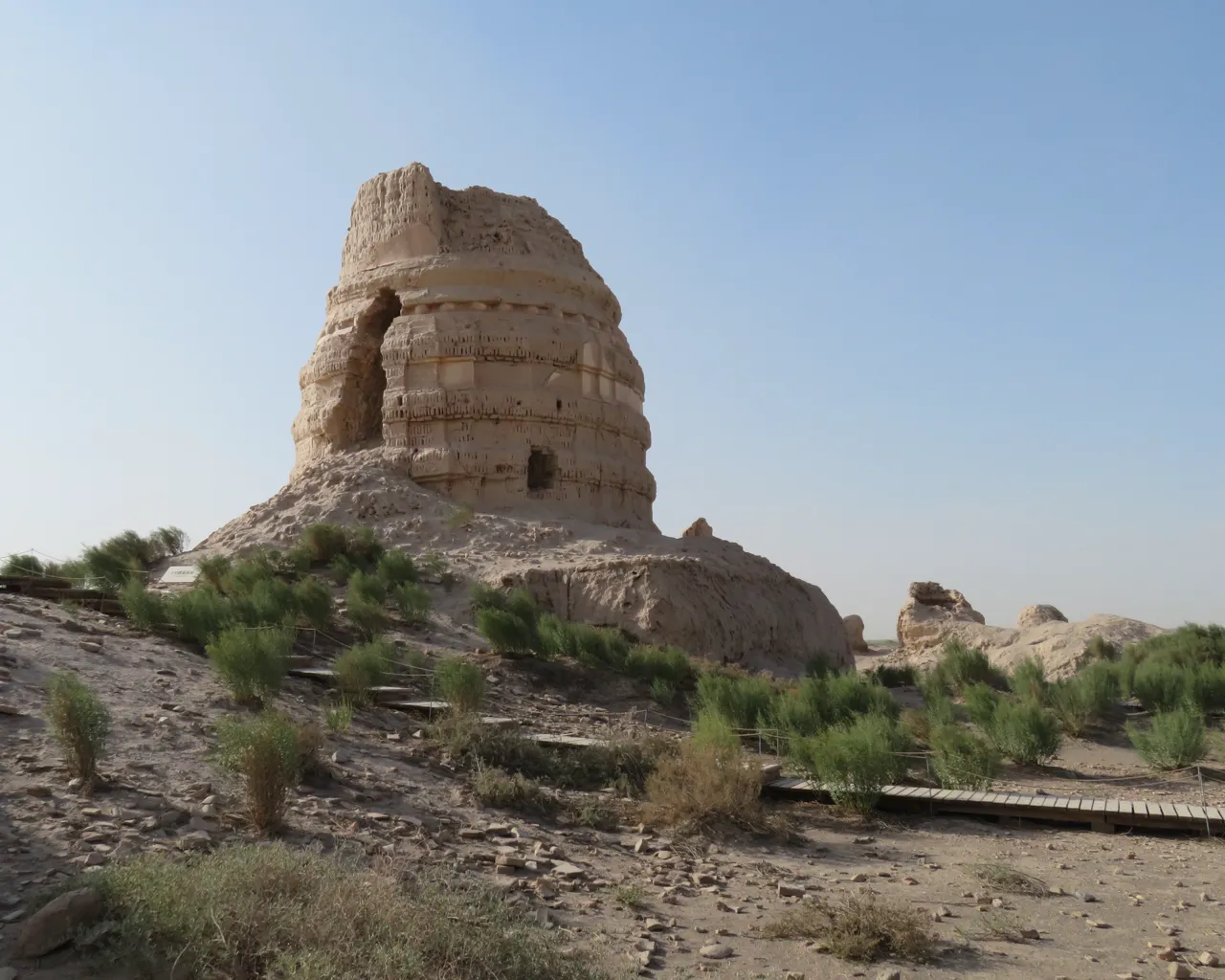
Conclusion
Suoyang City encapsulates a rich tapestry of historical narratives, reflecting the complexities of frontier life in ancient China. Its physical form, characterized by robust fortifications and strategic urban planning, reveals the cultural and economic vibrancy of the Silk Road during the Tang dynasty. As continuing archaeological research sheds more light on this site, Suoyang City promises to provide ever-deeper insights into the intersection of military, economic, and cultural histories.

